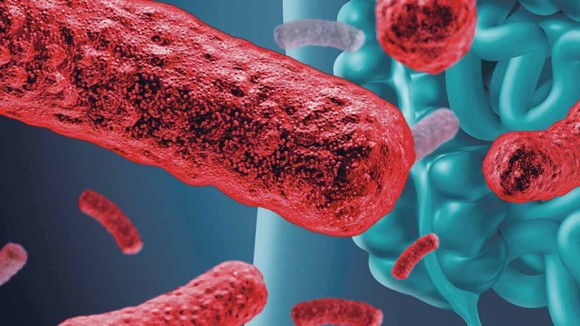
Is Food Allergy In India On The Rise?
India’s food is as diverse as its population, with distinct cuisines and food habits in every region and sub-region. Commonly, the Indian population experiences food allergies due to foods like prawn, legume, eggplant, pollen-food, milk, corn, wheat, egg, soybean, fish, peanuts and so on. Children have been found to be more susceptible to food allergies than adults. In India, there have been reportedly 100 to 200 deaths due to food allergy, 30,000 emergency cases and up to 3 million cases of peanut allergy, according to Alex Gazzola, a health and food sensitivity specialist.
Signs and Symptoms of Food Allergies
A food allergy is an adverse reaction to a certain type of food. The allergy-causing food can trigger signs and symptoms like hives, swollen airways, digestive issues, etc. Other symptoms can be tingling or itching sensations in the mouth, hives, itching or eczema, swelling of lips, face, throat, tongue or other parts of the body. Some people have severe allergic reactions like anaphylaxis a life-threatening issue that could result in coma or death if not treated immediately. Anaphylaxis symptoms include runny nose, hoarse voice, dizziness, loss of consciousness, constricted and tightened airways, rapid pulse, swollen throat that restricts breathing, shock and severe drop in blood pressure.
Causes for Rise in Food Allergy Cases
Food allergy affects about 2.5 percent of the global population, but incidences could range anywhere between 1% to 10%. In India, lifestyle changes, low sleep, pollutants, badly labelled packaged food, additives, preservatives in food, consumption of packaged foods without looking into ingredients could be the reasons for food allergy. There has been a rise in food allergy cases globally as well, and the US, and EU have witnessed a marked increase in cases of food allergy and celiac diseases. The risk factors for food allergy are age, asthma, family history, another allergy, etc. The lack of accurate determination of food allergy prevalence could be due to the variety in diagnoses for food allergy, study methodologies, geographic locations, dietary exposures, ages, etc.
One of the reasons for a rise in food allergy cases is attributed to the hygiene hypothesis, which says that children that grow up in exceptionally clean surroundings have systems that can’t tell dangerous pathogens and harmless proteins apart. Another theory, ‘dual allergen exposure’ suggests that food allergy development depends on dosage, timing, and form of exposure. Other causes could be increased use of soya, cooking techniques like roasting instead of boiling, lack of early exposure to foods like peanuts in infants whose mothers already suffer from allergies. However, there is a dearth of open-minded studies that could explain the increase in food allergy cases. More research is the need of the hour as it can throw some light on various causes, lead to better diagnosis and treatment and prevent complications or death in these cases.










